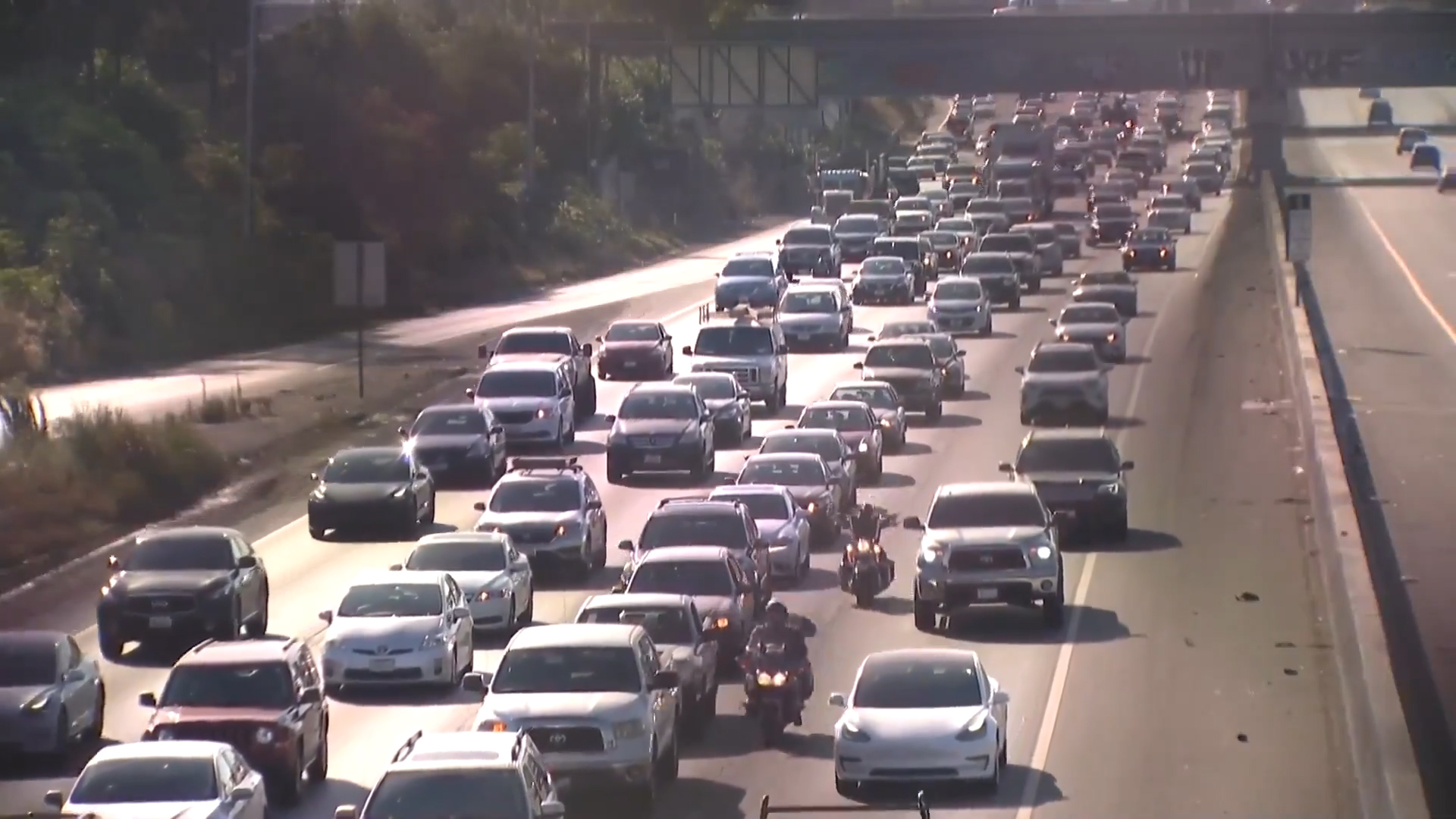Prompted by last year’s sniper attack on a PG&E substation last year, a state senator is calling on state utility companies to improve security at vulnerable utility plants. Joe Rosato Jr. reports.
Prompted by an attack last spring on a PG&E substation in San Jose, a state senator is calling on state utility companies to improve security at vulnerable utility plants.
At a press conference held in front of a defunct substation in San Francisco’s Bayview-Hunters Point neighborhood, Senator Jerry Hill, a Democrat from San Mateo, introduced new legislation requiring utility companies in California to file security plans with the State Public Utilities Commission.
“What we see today -- they have cyclone fences and maybe security cameras,” Hill said. “It doesn’t take a lot more to make sure that that’s being monitored on a 24 hour basis.”
The attack last April on PG&E’s Metcalf substation in San Jose served as a lesson in vulnerability for the state’s utility providers. At least one assailant slipped into the plant through a manhole, fired 100 rounds into equipment and slashed fiber-optic lines, inflicting $15 million in damage.
Hill said security cameras in the facility failed to capture the incident because they were pointed inward. Following the attack, he said it took more than an hour for a PG&E employee to let sheriff’s investigators into the facility.
“They had vulnerable systems,” Hill said of PG&E. “They didn’t look at it in a way that it was a threat.”
Local
Hill said his legislation would require utility companies to perform a risk assessment and implement the results. The bill would also require utility companies to develop a plan for working with law enforcement following an incident.
“I think we have to look more importantly at what would the cost be if we didn’t have electricity for six months,” Hill said. “What would do that to our economy?”
Some experts have described the incident as a possible dress rehearsal for a full-scale terrorist attack.
“This attack was a game-changer,” said PG&E spokesman Brian Swanson. “Not just for PG&E but for the utility industry as a whole.”
Swanson said PG&E has already begun to upgrade security at its facilities by creating fenced-in buffer zones around plants, thinning vegetation that could be used for hiding places and adding high tech security.
“We’re also deploying enhanced intruder detection systems,” Swanson said, “additional lights and state-of-the-art cameras.”
Last week, The Federal Energy Regulatory Commission handed down a list of security guidelines for the nation’s energy companies to implement within 90 days.
In a statement, California Senator Dianne Feinstein and three other U.S. senators praised the FERC action.
“This action was an important first step to guard against attacks like the one that nearly knocked out a California substation last year,” said the senators’ statement. “We will be closely monitoring FERC and NERC’s progress on the standards as they move forward.”
Meanwhile, utility watchdogs expressed concern that Hill’s legislation would allow utility companies like PG&E to pass along billions of dollars in security upgrades to rate payers. The Utility Reform Network, said any legislation should put a cap on the amount utilities could spend on the upgrades, while requiring them to show measurable benefits.
“We believe in investing in safety,” said TURN executive director Mark Toney. “We just want to make sure that we can afford the price.”



